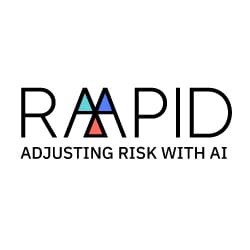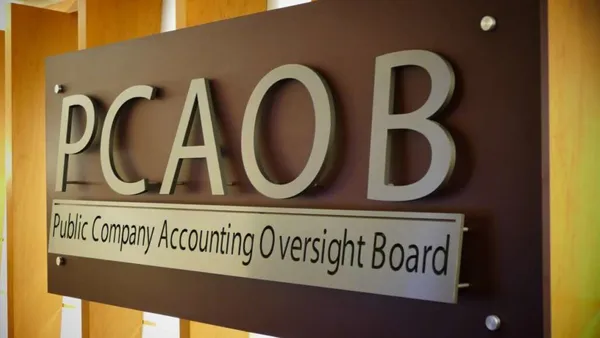As the first fully remote quarter for many CFOs draws to a close, communications with stakeholders, particularly about forecasting plans for the new normal, are looming.
Eric Knachel, senior consultation partner in Deloitte’s National Office of Accounting Services, believes there are three broad-based categories on which CFOs should be particularly focused: forecasts, stakeholder communications and understanding the local impact of COVID-19.
The biggest challenge
Deloitte hosted a webcast a week ago with 10,000 executives, Knachel told CFO Dive. "We asked, as they entered into the quarter what the most challenging aspect of reporting is," he said. "We asked, 'Do you think forecasting now, as compared to prior quarters, will be more, less or the same amount of difficult?' And about 60% said it would be more difficult."
Deloitte hosted a second webcast, just for audit committee members, and asked the same question. Again, their number one issue was forecasting, Knachel said.
"Effective COVID-19 forecasting includes re-forecasting as frequently as needed," according to a new Deloitte study. "How often? One determining factor is likely to be the timing of the availability of new information deemed important to the forecast models, or when new drivers are identified. As the chances for a V-shaped recovery fade, many economists believe that a U- or a W-shaped recovery is more likely. Companies [should use many] different scenarios as part of their forecasting process."
“Forecasting is extremely challenging,” Knachel said. “Companies are, instead of doing one forecast, they're doing what I'd call multiple scenario planning, planning different scenarios encompassing a wide range of possibilities.”
In these new scenarios, auditors focus on three key ideas, Knachel says: possible pandemic outcomes, accounting consequences, and business impacts.
"They're coming up with multiple scenarios, trying to understand what scenarios are likeliest, identifying first signs of a big change that could differentiate various scenarios for which has the highest probability of coming true, and then trying to adjust their forecasts accordingly," he said.
"This is not something you do, and then revisit quarterly," he said. "You're constantly trying to pivot."
Crafting your COVID-19 Story
Companies also must know how to communicate to investors what Knachel calls a "COVID-19 story." This narration includes the risks the company is facing and what the CFO is going to do about it.
At Deloitte, Knachel and his team have categorized telling your COVID-19 story into three buckets: respond, react and thrive. Investors want the details, he says, and they also want to understand you're managing this now and will come out the other end stronger.
As 2020 scenario plans have effectively become useless, Knachel says CFOs' best bet is to set out multiple scenario plans, including worst cases, consider local responses, and put in place a rolling 12 months forecast.
"Share what you know, as well as what you don’t know," Knachel said.
Communicate the local challenge
Many people discuss the pandemic as a global crisis, Knachel said. And while this is true, there is not a global, unified response to it.
"In other words, the way seeing this is evolving in Europe is very different than in the U.S. or South America," he said. "In fact, even within the U.S., depending on where you are in the country, the response varies, too. It's a different phenomenon in different places."
When there are many unknowns, CFOs tend to say less, owing to their preference of having a certain level of confidence, Knachel has noticed. "It becomes normal to say less."
However, in talking to CFOs and audit committee members, the general sentiment is going in the opposite direction, Knachel said. "In this uncertainty, CFOs want more, not less, frequent communication, because in uncertain times, people want reassurance. Radio silence leads to speculation, which leads to imagining the worst."
When it comes to frequent communications with stakeholders, Knachel encourages CFOs to make the required disclosures, share estimates, financial projects, and share non-GAAP measure plans.
"The general concept about non-GAAP is whatever you're removing, or adjusting, is something abnormal," Knachel said. "But now 'normal' is changing. When it comes to non-GAAP, what's unusual within this new normal?"













